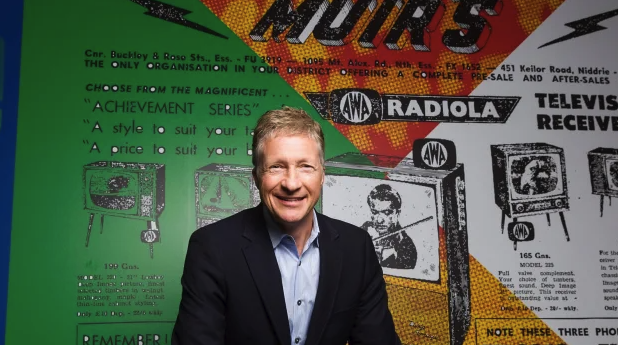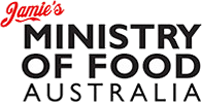Mighty Muirs cash out in top-of-the-cycle deal

It has taken six years but the wait has been more than worth it for The Good Guys executive chairman Andrew Muir, who has snared a top-of-the-cycle price tag for the business founded by his father 64 years ago.
When Mr Muir first put The Good Guys up for sale in 2010 his asking price was said to have been about $600 million.
At the time, the price was too high for the likes of tyre kickers JB Hi-Fi, Wesfarmers and Woolworths, especially given double-digit deflation in consumer electronics and the uncertainty and cost of unwinding the complicated joint venture ownership structure that had been a key ingredient behind the company’s success.
But the appeal of buying one of Australia’s best known consumer brands finally proved too tempting for JB Hi-Fi chief executive Richard Murray, who agreed this week to pay $870 million in a deal that will transform Australia’s largest consumer electronics retailer into the market leader in home appliances.
The generous price tag reflects the strong growth prospects of The Good Guys and its dominant position in the $4.6 billion home appliances market.
Andrew Muir’s father Ian opened his first electrical goods store under the Mighty Muirs brand in the Melbourne suburb of North Essendon in 1952.
Forty years later, Muir Junior renamed the chain The Good Guys, copying the branding and signage of a defunct Californian retailer, and introduced a joint venture structure to fund store expansion. Each Good Guys outlet was jointly owned by the Muir family’s company, Muir Investments, and store managers, who are known as joint venture partners.
Catchy marketing
Mr Muir also launched the annoyingly catchy advertising jingle based on the Beach Boys hit Good Vibrations and the “pay cash, pay less” slogan, which helped the retailer stand out amongst its many rivals.
Over the next two decades many of those rivals, including Clive Peeters, Rick Hart, Brashs, Clive Anthonys, Betta Electrical, Retravision and most recently Dick Smith were either sold or went bust, while The Good Guys went from strength to strength.
The Good Guys opened or acquired more than 80 stores, including seven stores from the administrators of Brashs, lifting its network from 14 to 90 and boosting sales to $2 billion.
After failing to attract buyers in 2010 and 2011, Mr Muir also started buying back joint venture partners, investing in e-commerce, merchandise planning and inventory systems and centralising ordering – replacing 90-odd order books for company-owned and joint venture stores with a single buying function.
Earnings soar
The investment paid off in spades. Earnings rose 64 per cent between 2014 and 2016, from $45 million to $74 million.
Mr Muir, who ranked 123rd on the BRW Rich List last year with an estimated fortune of $453 million, put the business back on the market this year, appointing Credit Suisse, Goldman Sachs and UBS to work on an initial public offer and Merrill’s to scout for trade buyers with the help of long-term adviser Marcus Fletcher from Helfen Corporate Advisory.
Harvey Norman never got a look in, due to a historic dispute between Gerry Harvey and Muir Senior, leaving the way clear for JB Hi-Fi to outbid the other main contender, global retailer Steinhoff International.
“Bringing these brands under common ownership will combine the skill and expertise of two of Australia’s most respected retailers,” said Mr Muir, a life-long Essendon supporter and board member since 2015. “The combined company will have the scale and resources to realise the growth aspirations and potential of both brands.”
Mr Muir said he was immensely proud of what The Good Guys had achieved: “We grew from a single store in suburban Melbourne in 1952 to the No. 1 retailer in our core categories and one of the most successful retail brands in Australia.”
Credit: Sue Mitchell
(c) The Australian Financial Review. All rights reserved.
The Australian Financial Review, The Good Guys




